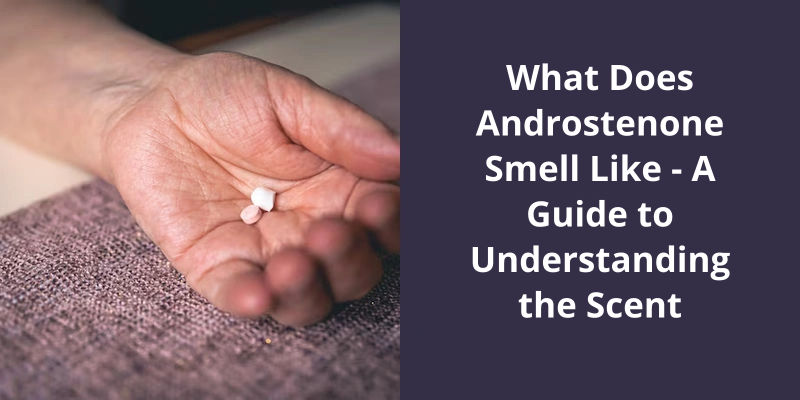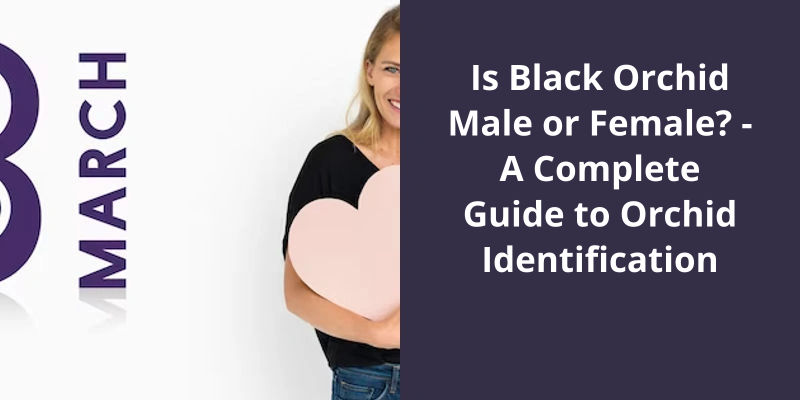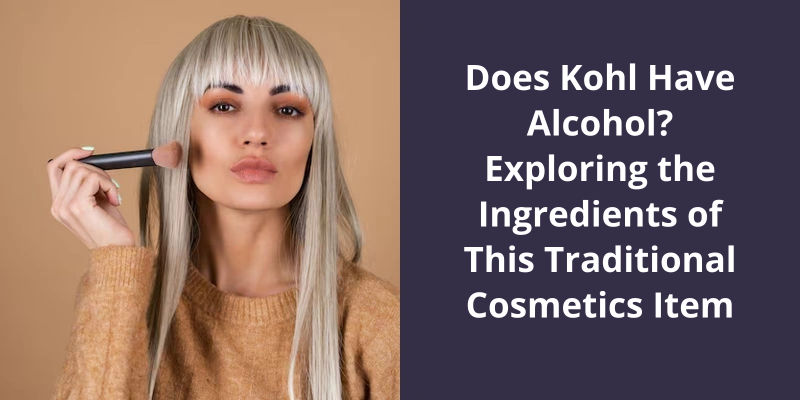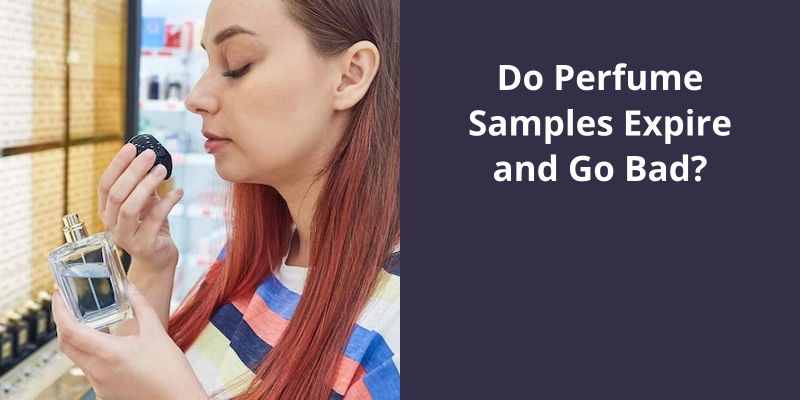Androstenone is a steroid that is found in both male and female sweat and urine. It has a rather unique scent, which is not always pleasant and can be quite challenging to describe accurately. Some people report that it smells like a musky, sweet, or even a floral fragrance reminiscent of vanilla or honey. However, others have said it smells more woody, or even like stale urine. Interestingly, not everyone can smell androstenone, and this ability can vary greatly among individuals. Additionally, people’s perceptions of its scent can change over time and with repeated exposure, perhaps due to a semantic-like olfactory processing.

What Does Male Pheromone Smell Like?
Pheromones are chemical substances produced by the body that can trigger social or sexual responses in other individuals. In many animal species, pheromones play a critical role in mate selection and territorial marking.
One of the most studied human pheromones is androstenone, a compound produced in male sweat and urine. When emitted from the body, androstenone can have a musky or sweet scent, depending on the individuals genetic makeup.
Scientists believe that androstenone may play a role in sexual attraction, particularly between heterosexual couples. Studies have shown that women who’re ovulating are more likely to find the scent of androstenone appealing, possibly because it signals the presence of a genetically compatible mate. Men who produce higher levels of androstenone may also be perceived as more dominant, which can be an attractive trait in some contexts.
Despite it’s potential effects on attraction and sexual behavior, using androstenone as a fragrance or cologne isn’t recommended. The scent can be overpowering and unpleasant to many people, and it’s effects on behavior are still not well understood. Additionally, the strength and concentration of androstenone can vary widely between individuals, making it difficult to control the effects of the pheromone.
It’s important to understand the potential risks associated with using androstenone androsterone. These compounds have been linked to a variety of side effects, including changes in behavior, hair loss, and infertility. Additionally, both androstenone and androsterone may cause serious health problems such as liver damage and heart disease. It’s also important to note that pregnant or nursing women should avoid exposure to androsterone, as it’s considered possibly unsafe for these populations.
What Are the Side Effects of Androstenone?
Androstenone is a steroid hormone that’s naturally present in the human body, particularly in the adrenal gland and testes of men. While it isn’t typically used medically, it’s gained popularity in recent years as a pheromone supplement for it’s alleged ability to attract the opposite sex. However, users should be aware of the potential side effects associated with androstenone use.
One of the most significant side effects of androstenone is infertility – both for men and women. The exact mechanism behind this isn’t yet understood, but research has shown that exposure to high levels of androstenone can decrease the production and quality of sperm in men and disrupt the normal menstrual cycle in women.
In addition to fertility issues, androstenone has been linked to changes in behavior. Some studies suggest that exposure to high levels of androstenone may increase aggression and competitiveness, while others indicate that it may have a calming effect on individuals. It’s important to note, however, that much of the research in this area is still largely inconclusive.
Hair loss is another potential side effect of androstenone use. The hormone has been shown to affect the growth cycles of hair follicles, leading to hair thinning and eventual loss. Additionally, men who use androstenone may experience breast development due to the hormone’s estrogen-like effects.
Studies suggest that high levels of androstenone may cause liver damage and increase the risk of heart disease, though more research is needed to fully understand the extent of these effects.
For women who’re pregnant or breastfeeding, androstenone isn’t recommended due to it’s potential to harm the developing fetus or nursing infant. It’s classified as possibly unsafe for use during this time, and women should avoid using it altogether.
Overall, while androstenone may seem like a tempting supplement for those looking to enhance their sexual attractiveness, it’s important to weigh the potential risks against the potential benefits.
Conclusion
This is further complicated by the fact that there exists a portion of the population that can’t perceive the scent at all. Despite these complexities, research into the scent of androstenone continues, enabling us to learn more about the intricacies of human odor perception and the potential role that this scent may play in attraction and social behavior.





